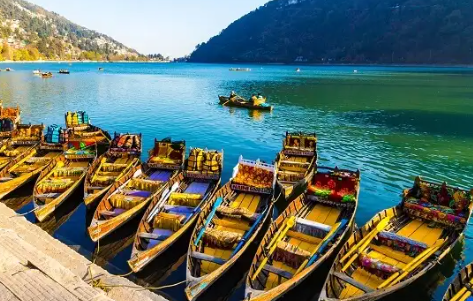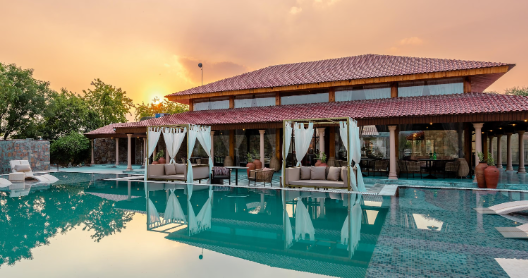Spiti Valley is a remote Himalayan destination located in the northern Indian state of Himachal Pradesh. This high-altitude desert valley is known for its stark natural beauty, ancient Buddhist monasteries, and rugged terrain. The name “Spiti” means “the middle land,” as the valley is located between Tibet and India, and its culture and landscape reflect this unique blend of influences.
Geography and Climate: Spiti Valley is situated at an altitude of around 12,500 feet (3,800 meters) above sea level and is surrounded by towering snow-capped peaks. The valley is a high-altitude desert, with very little vegetation due to the extreme weather conditions. The winters in Spiti are long and harsh, with temperatures dropping to below freezing, while summers are short and mild.
Tourism: Despite its remote location, Spiti Valley has become an increasingly popular destination for adventure seekers and nature lovers. The valley’s rugged landscape is ideal for trekking and hiking, with numerous trails leading to high-altitude passes, crystal-clear lakes, and ancient monasteries.
Some of the popular trekking routes in Spiti include the Pin Parvati Pass, the Chandratal Lake Trek, and the Spiti to Kinnaur trek. Visitors can also enjoy a variety of outdoor activities, such as rock climbing, mountain biking, and camping.
Culture and Monasteries: Spiti Valley is known for its unique blend of Indian and Tibetan culture, which is reflected in its architecture, food, and traditions. The valley is home to numerous ancient Buddhist monasteries, which are some of the oldest and most significant in the world. These monasteries are important cultural and religious centers for the local people and attract visitors from all over the world.
Some of the famous monasteries in Spiti Valley include the Tabo Monastery, which is over a thousand years old and a UNESCO World Heritage Site, the Dhankar Monastery, and the Key Monastery. These monasteries are not only important spiritual centers but also serve as repositories of ancient art and artifacts.
Local Cuisine: The local cuisine in Spiti Valley is simple and hearty, with an emphasis on locally grown grains and vegetables. The traditional dishes of the region include thukpa, a hearty noodle soup, momos, steamed dumplings stuffed with vegetables or meat, and chhang, a fermented beverage made from barley or millet.
Getting to Spiti: Spiti Valley is accessible by road from Manali and Shimla, with the journey taking around 8-10 hours. The roads are narrow and winding, and the journey can be challenging, especially during the monsoon season. Visitors can also take a flight to the nearest airport, which is in Kullu, and then travel by road to Spiti.
Conclusion: Spiti Valley is a remote and rugged destination that offers a unique blend of natural beauty, culture, and adventure. The valley’s stunning landscapes, ancient monasteries, and rich cultural heritage make it a must-visit destination for anyone seeking an offbeat travel experience in India. The best time to visit Spiti Valley is from May to October, when the weather is mild and the roads are open.










